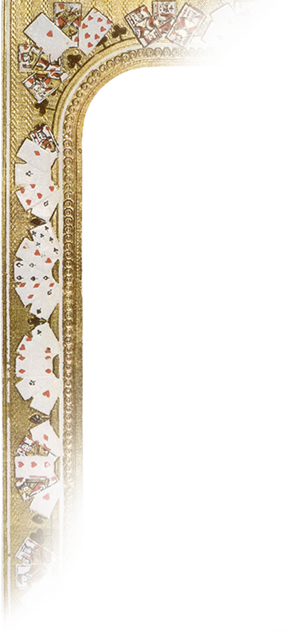






El Paso
Spanish settlement in West Texas.[1]
Situated on the banks of the Rio Grande, it marks the crossing point on the river used by Juan de Oñate in taking possession of the area for King Philip II of Spain in 1598. The location was subsequently named el paso del rio del norte, meaning "the pass of the river of the north."[1]
In 1659, the village of El Paso del Norte was founded on the southern bank of the Rio Grande which, in 1680, became the base for Spanish governance until 1692 when the capital moved to Santa Fe. El Paso grew to become the largest settlement in Spanish New Mexico, spreading to both sides of the river, until its cession to the United States on February 2, 1848. At that time, El Paso was split. The settlement on the northern side of the Rio Grande formally became American, separating it from Old El Paso del Norte on the Mexican side.[1]
In November of 1848, after traveling with the aborted Hays Expedition with Cousin Sam Maverick,[2] "Pappy" Beauregard Maverick and his two young sons, Bret and Bart, reached El Paso del Norte. Pappy took the boys into a cantina where American games of chance had become popular since the Mexican-American War. With a hand on his sons' shoulders, he told them "Boys, take a good look. This is what's known as gambling. Stay away from it. In games like this you haven't got a chance. Remember as long as you live—stick to poker."[3]
In 1854, the U. S. Army established "the Post opposite El Paso del Norte" (later Fort Bliss) on the site of Coons' Rancho (often mistakenly referred to as Smith's Ranch). In 1859, pioneer Anson Mills platted the town at the site and named it El Paso.[1]

ABOVE: Coons' Rancho, 1853 [1]
The American settlement of El Paso continued to grow after the Civil War and was incorporated in 1873.[1]
The Day They Hanged Bret Maverick: In September of 1876, Bret Maverick met up with Molly Sharp on her stage ride from Hallelujah, New Mexico Territory, to Santa Fe. Using the name "Brad Richards" so as not to be recognized as the man supposedly buried for her husband's crimes, he told Molly he was traveling through to El Paso.[4]
In 1881, the Southern Pacific, Texas and Pacific and Santa Fe railroads came to El Paso, creating a boomtown. It became a harbor for lawlessness where prostitution and gambling flourished until World War I when the Army suppressed the vice trade.[1]
Today, El Paso is a rich cultural, business and transportation center with a population nearly 680,000, making it the 19th most populated city in America.[5]
ABOVE: El Paso Plaza, c1850 [2]
ABOVE: Site of Coons' Rancho today, San Jacinto Plaza at the corner of Oregon and Mills in Downtown El Paso.[6]
SOURCE REFERENCES
01. Pass of the North: Four Centuries on the Rio Grande, Volume 1 — 1529–1917 (1968); C. L. Sonnicksen; Texas Western Press
02. The Conjectural Maverick, Maverick Trails
03. Poker According to Maverick (1959); Dell Publishing Company, Inc.
04. Maverick, The Day They Hanged Bret Maverick (1957), Warner Bros. Pictures, Inc.
05. Visit El Paso, Texas (retrieved December 9, 2015)
06. About Us; Diversified Parking, Inc. (retrieved December 9, 2015)

Home | The Maverick Saga | Trail Maps | Chronology | Maverick Lore | Production | The Inside Straight | Contact Maverick Trails
Maverick Trails is not endorsed, sponsored or affiliated with Warner Bros. Entertainment, Inc. or the Maverick franchise.
Maverick™ and its various marks are trademarks of Warner Bros. Entertainment, Inc., © 1957, 1994
©2014, 2015, 2016 Maverick Trails

